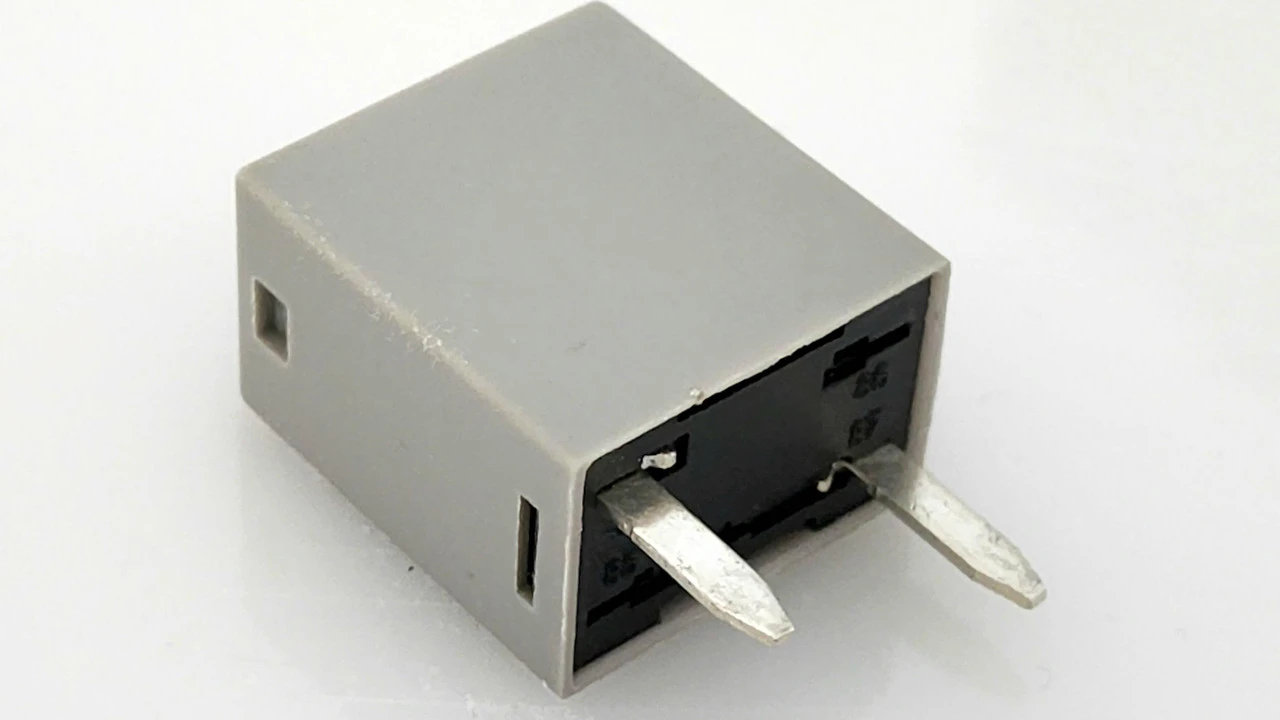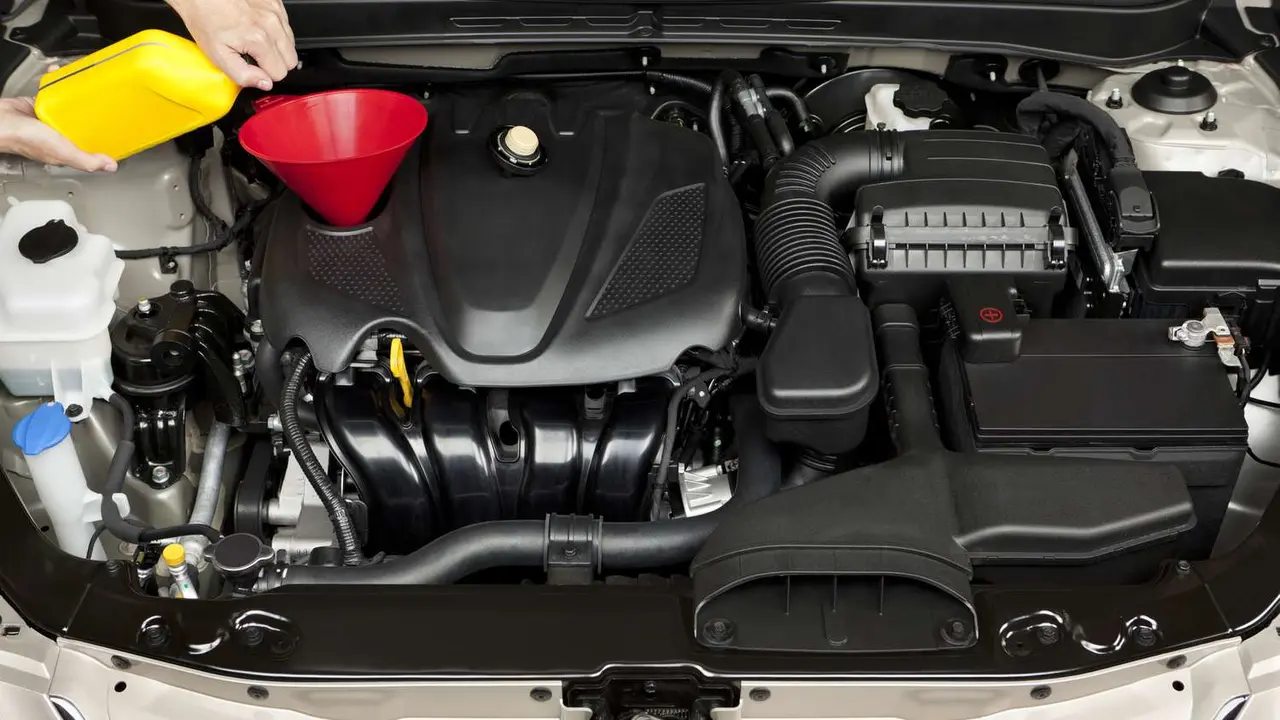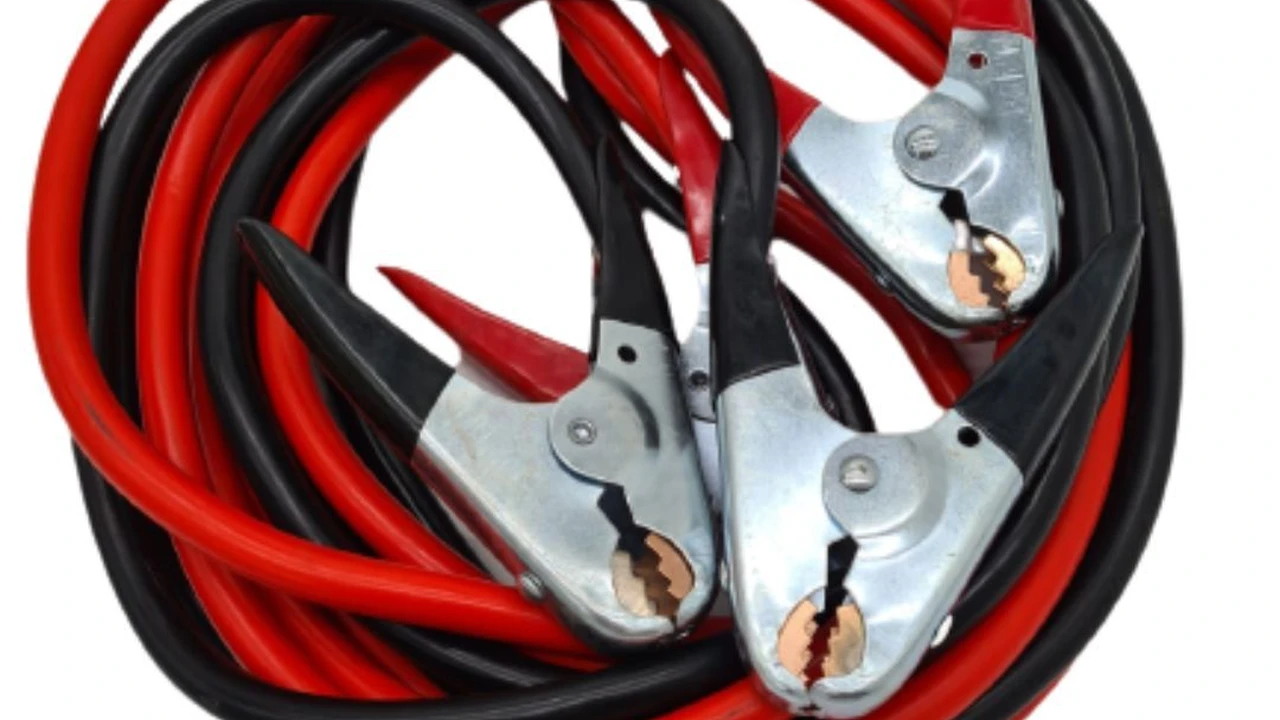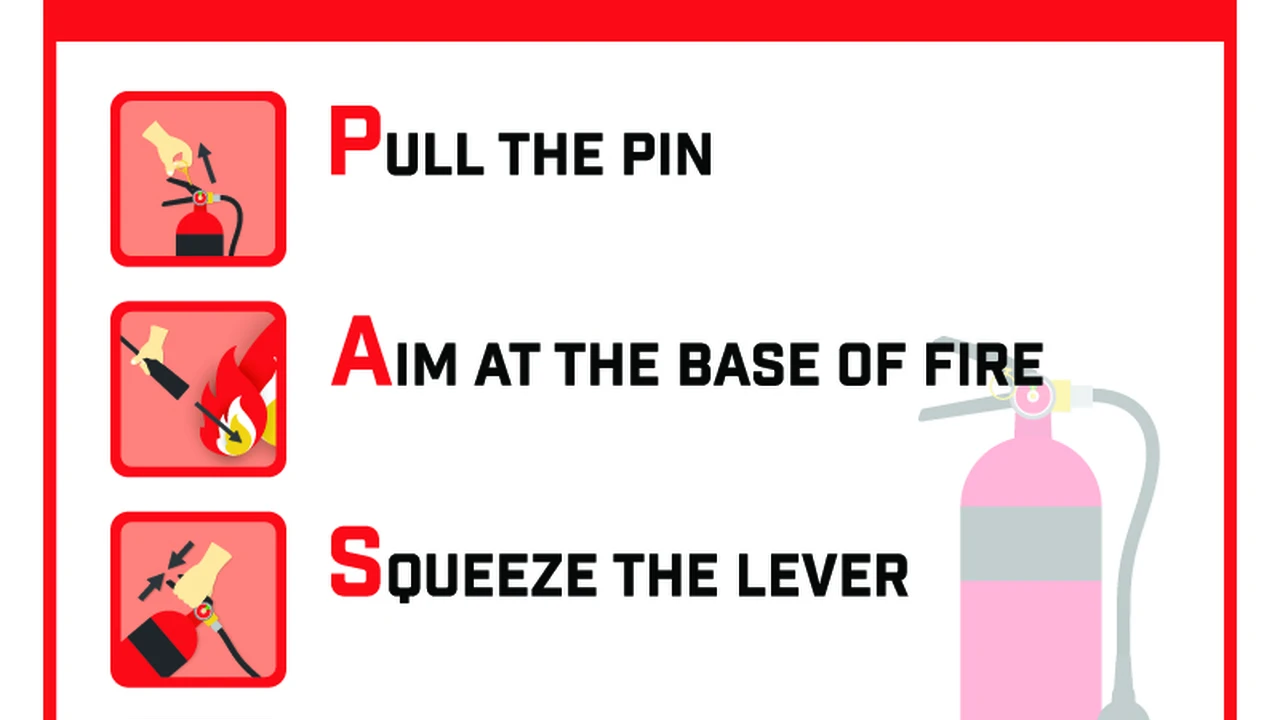How to Bypass a Fuel Pump Relay: Emergency Starting

Understanding the Fuel Pump Relay and Its Function in Automotive Systems
Okay, so your car won't start, and you suspect the fuel pump relay. Let's break down what this little guy does. The fuel pump relay is basically an electrical switch that controls power to your fuel pump. When you turn the ignition key to the "on" position, the engine control unit (ECU) sends a signal to the relay, which then closes the circuit and allows voltage to flow to the fuel pump. This, in turn, allows the fuel pump to prime the fuel system, getting ready to start the engine. If the relay fails, the fuel pump won't get power, and you're stuck. Common symptoms of a failing fuel pump relay include the engine cranking but not starting, a lack of fuel pump noise when the ignition is turned on, and sometimes, intermittent starting problems.
Diagnosing a Faulty Fuel Pump Relay Common Symptoms and Testing Procedures
Before you start bypassing things, you need to be reasonably sure the relay is the culprit. First, listen carefully when you turn the key to the "on" position. You should hear a brief whirring sound from the fuel pump (usually coming from near the fuel tank). No sound? That's a red flag. Next, check the relay itself. Most relays are located in the under-hood fuse box, and often are labeled. You can try swapping it with an identical relay (like the horn relay, for example – just make sure they're the same!). If the car starts with the swapped relay, you've found your problem. If swapping doesn't work, you can use a multimeter to test the relay. You'll need to look up the wiring diagram for your specific vehicle to identify the correct pins for testing. Generally, you're looking for continuity across the relay terminals when it's activated. If you're not comfortable using a multimeter, a mechanic can quickly diagnose the issue.
Step-by-Step Guide Bypassing the Fuel Pump Relay for Emergency Starting
Alright, let's get down to business. This is for emergencies only, and it's not a permanent fix. Bypassing the relay means you're directly powering the fuel pump, bypassing the safety features of the relay. Proceed with caution! First, locate the fuel pump relay in the fuse box. Consult your car's owner's manual or a wiring diagram. Once you've found it, pull the relay out. Now, you'll need a piece of wire – a paperclip will do in a pinch, but a proper jumper wire with insulated alligator clips is much safer. You need to identify the two terminals in the relay socket that correspond to the power supply and the fuel pump. Again, a wiring diagram is crucial here. Carefully insert the jumper wire into these two terminals. This will directly power the fuel pump. Now, try starting the car. If it starts, great! But remember, the fuel pump is now running constantly, even with the engine off (in most cases). Immediately remove the jumper wire after starting the car and only re-insert it when you need to start it again. Driving any distance with a bypassed fuel pump relay is risky and not recommended.
Safety Precautions and Potential Risks Associated with Fuel Pump Relay Bypassing
I can't stress this enough: bypassing the fuel pump relay is a temporary fix with potential risks. The biggest risk is fire. The fuel pump is now running continuously, which can overheat the pump and potentially cause a fuel leak. If a fuel leak occurs near a source of ignition, it could result in a fire. Also, bypassing the relay disables the safety feature that shuts off the fuel pump in the event of an accident. This could lead to further fuel leakage and increase the risk of fire. Another risk is damage to the fuel pump itself. Running the pump continuously can shorten its lifespan. Finally, bypassing the relay can void your car's warranty. Only use this technique in a true emergency, and get the relay replaced as soon as possible by a qualified mechanic.
Essential Tools and Equipment for Fuel Pump Relay Troubleshooting and Bypassing
To properly troubleshoot and bypass a fuel pump relay, you'll need a few basic tools. First, a multimeter is essential for testing the relay and checking for voltage at the fuel pump. A set of jumper wires with insulated alligator clips is also crucial for safely bypassing the relay. A wiring diagram for your specific vehicle is absolutely necessary to identify the correct terminals. You'll also need a fuse puller to safely remove the relay from the fuse box. A good set of screwdrivers and pliers can also come in handy. Finally, a flashlight or headlamp is essential for working in the dark or in tight spaces. Don't forget safety glasses and gloves to protect your eyes and hands.
Recommended Fuel Pump Relays Brands Models and Where to Buy Them
Replacing a faulty fuel pump relay is usually a simple and inexpensive repair. Several reputable brands offer high-quality fuel pump relays. Bosch is a well-known and trusted brand in the automotive industry. Their relays are known for their reliability and durability. You can find Bosch fuel pump relays at most auto parts stores, like AutoZone, Advance Auto Parts, and O'Reilly Auto Parts. Another popular brand is ACDelco, which is the original equipment manufacturer (OEM) for many General Motors vehicles. ACDelco relays are also readily available at auto parts stores and online retailers like Amazon. Standard Motor Products (SMP) is another reputable brand that offers a wide range of automotive relays. SMP relays are known for their quality and performance. When choosing a fuel pump relay, make sure it's the correct part number for your specific vehicle. You can usually find the part number in your car's owner's manual or by consulting with an auto parts store. Prices typically range from $10 to $30.
Alternative Solutions and Temporary Fixes for Fuel Pump Problems
Sometimes, a fuel pump problem isn't actually the relay. It could be a clogged fuel filter, a faulty fuel pump, or a problem with the wiring. Before you start bypassing the relay, try checking the fuel filter. A clogged fuel filter can restrict fuel flow and prevent the engine from starting. Replacing the fuel filter is a relatively simple and inexpensive task. If the fuel filter is clean, the next step is to check the fuel pump itself. You can use a multimeter to check for voltage at the fuel pump connector. If there's no voltage, the problem could be in the wiring or the ECU. If there is voltage, the fuel pump may be faulty and need to be replaced. Another temporary fix is to try tapping on the fuel tank with a rubber mallet. Sometimes, this can dislodge debris that's blocking the fuel pump. However, this is just a temporary fix and doesn't address the underlying problem.
Fuel Pump Relay Bypassing in Different Vehicle Makes and Models Specific Considerations
The location of the fuel pump relay and the wiring diagram can vary significantly depending on the vehicle make and model. For example, on some older vehicles, the fuel pump relay may be located under the dashboard instead of in the fuse box. On some European vehicles, the fuel pump relay may be integrated into the ECU. It's crucial to consult the vehicle's owner's manual or a wiring diagram to identify the correct relay and terminals. Also, some vehicles have a fuel pump resistor in addition to the relay. The resistor reduces the voltage to the fuel pump at low speeds to reduce noise and heat. When bypassing the relay, you need to make sure you're also bypassing the resistor. Failure to do so may result in insufficient voltage to the fuel pump. Always research the specific characteristics of your vehicle before attempting to bypass the fuel pump relay.
Long-Term Consequences of Running a Vehicle with a Bypassed Fuel Pump Relay
Let's be clear: running your car long-term with a bypassed fuel pump relay is a terrible idea. You're essentially removing a crucial safety feature and putting your vehicle (and yourself) at risk. The continuous operation of the fuel pump can lead to overheating, premature wear, and eventual failure. This can leave you stranded and potentially cause further damage to the fuel system. Furthermore, bypassing the relay can mask underlying problems that need to be addressed. If the relay failed in the first place, there's a reason. Ignoring the root cause can lead to more serious issues down the road. Finally, as mentioned earlier, the risk of fire is significantly increased. Don't gamble with your safety and your vehicle's integrity. Get the relay replaced as soon as possible.
Troubleshooting Common Issues Encountered During Fuel Pump Relay Bypassing
Even with the best instructions, things can go wrong when bypassing a fuel pump relay. One common issue is difficulty identifying the correct terminals in the relay socket. If you're unsure, double-check the wiring diagram and use a multimeter to verify the voltage. Another issue is a weak or corroded connection. Make sure the jumper wire is making good contact with the terminals. You can try cleaning the terminals with a wire brush or contact cleaner. If the car still doesn't start after bypassing the relay, the problem may not be the relay at all. Revisit the diagnostic steps and consider other potential causes, such as a clogged fuel filter or a faulty fuel pump. And, of course, double check that you've properly reconnected the battery after any testing!
Preventative Maintenance Tips to Extend the Life of Your Fuel Pump Relay and Fuel System
While fuel pump relays can fail unexpectedly, there are things you can do to extend their lifespan and prevent problems. First, make sure your car's electrical system is in good condition. A weak battery or loose connections can put extra strain on the relay. Regularly inspect the fuse box for corrosion or damage. Replace any blown fuses with the correct amperage rating. Avoid running your fuel tank extremely low. This can cause the fuel pump to work harder and overheat. Finally, consider using a fuel system cleaner periodically to remove deposits and prevent clogging. These simple steps can help keep your fuel system running smoothly and reliably.
Product Recommendations for Fuel System Maintenance and Emergency Roadside Kits
Having a well-stocked emergency roadside kit can be a lifesaver, especially if you encounter fuel system problems. Here are a few recommended products: * NOCO Boost Plus GB40 1000 Amp 12-Volt UltraSafe Lithium Jump Starter Box: This portable jump starter can provide a boost to your car's battery in case of a dead battery, which can sometimes be mistaken for a fuel pump issue. It's compact, easy to use, and can jump start most vehicles multiple times on a single charge. Price: Around $100. * Fuel System Cleaner (e.g., Sea Foam, Lucas Oil Fuel Treatment): These additives can help clean fuel injectors, remove deposits, and improve fuel economy. Use them periodically as part of your regular maintenance routine. Price: Around $10 per bottle. * Jumper Wires with Insulated Alligator Clips: Essential for safely bypassing the fuel pump relay (in emergencies only!). Make sure they're heavy-duty and well-insulated. Price: Around $20. * Multimeter (e.g., Fluke 101 Basic Digital Multimeter): A multimeter is invaluable for diagnosing electrical problems, including fuel pump relay issues. It allows you to test for voltage, continuity, and resistance. Price: Around $50-$100. * OBD2 Scanner (e.g., Autel MaxiScan MS309): While not directly related to the fuel pump relay, an OBD2 scanner can help you diagnose other engine problems that might be causing starting issues. It reads diagnostic trouble codes (DTCs) from your car's computer. Price: Around $30. When comparing these products, consider their features, reliability, and ease of use. Read reviews and choose products from reputable brands. While cheaper alternatives may be available, investing in quality tools and equipment can save you time, frustration, and money in the long run.
:max_bytes(150000):strip_icc()/277019-baked-pork-chops-with-cream-of-mushroom-soup-DDMFS-beauty-4x3-BG-7505-5762b731cf30447d9cbbbbbf387beafa.jpg)






